Honeysuckle (Lonicera) is a type genus of the honeysuckle family. It unites about 200 different species, which are represented by creeping, climbing and erect shrubs. This plant got its Latin name in honor of the German scientist Adam Lonitzer, while K. Linnaeus called it "honeysuckle", in those years, honeysuckle (fragrant) was often cultivated in gardens in Europe. Under natural conditions, honeysuckle can be found in the Northern Hemisphere, but most of the species are found in the Himalayas and East Asia. Today, garden honeysuckle is most often grown in gardens, which can act as an ornamental plant and at the same time produce very tasty and healthy berries, and curly honeysuckle, as a rule, was used for vertical gardening.
Content
Features of honeysuckle
Gardeners, along with other popular garden crops, for example, such as raspberries, currants, gooseberries, have been growing honeysuckle for a long time. Most popular are 2 types of garden honeysuckle, namely: blue honeysuckle (blue) and edible honeysuckle, and even a large number of varieties that were obtained thanks to these two species.
Edible honeysuckle (lat.Lonicera edulis) is a deciduous upright shrub that does not exceed 100 centimeters in height. Thin young green stems have pubescence on the surface, in some parts they have a purple tint. The thickness of the bare old stems can reach 30 mm; they are covered with a brownish-yellow bark, peeling off in narrow stripes. The shape of the lush crown is spherical. The oblong-lanceolate leaf plates reach about 7 centimeters in length, they have stipules of a round shape. On the surface of young foliage and stems there is dense pubescence. Older leaf plates are completely naked or partially pubescent.In the leaf axils there are pale yellow funnel-shaped flowers, which are placed in pairs. Flowering begins in May or the first days of June. The length of dark blue fruits is 0.9–1.2 cm, and there is a bluish bloom on the surface. In different varieties, the shape of the fruit can be elliptical, round or cylindrical. The color of the flesh of the berries is purple-red. The small dark brown seeds are 0.2 cm long.
Blue honeysuckle, or blue honeysuckle (lat.Lonicera caerulea) is a woody deciduous plant. whose height varies from 200 to 250 cm. The crown is compact, slightly curved stems are erect. The brown bark has a red or gray tint; it exfoliates from the trunk in strips. Opposite practically sessile leaf plates of an elliptical shape reach 60 mm in length and 30 mm in width. The inflorescences are located in the axils of several lower pairs of leaf plates; they consist of yellowish, regular bell-shaped flowers. The fruit is a fragrant, oblong berry of an elliptical shape and dark blue color, there is a bluish bloom on its surface. The fruit taste is sweet, slightly bitter, somewhat reminiscent of blueberries. This plant is fast growing and can live and bear fruit for 80 years. The varieties of such honeysuckle are self-fertile. In this regard, in order to obtain a crop in one garden plot, it is necessary to plant several bushes of such a plant of various varieties. In this case, pollinating insects will be able to pollinate the honeysuckle. There are regions in which honeysuckle is considered a very important honey plant.
Planting honeysuckle outdoors
What time to plant
Honeysuckle can be planted in spring, summer and autumn. However, it is not recommended to do this in May and June, because in these months such a plant has the most intensive growth of shoots. In the event that a spring planting is planned, it should be borne in mind that this procedure must be completed before the buds open, and it must be remembered that honeysuckle is distinguished by early awakening. Experienced gardeners recommend planting such a plant in the autumn, or rather, from the last days of September to the second half of October.
The first step is to find a place suitable for planting such a plant and make sure that the soil meets all the requirements of this culture. Then you need to start preparing pits and planting material. An ideal site for planting honeysuckle is a well-lit, swampy low-lying area that is protected from gusts of wind. This site can be located near a fence or next to other shrubs. Nutrient soil is best suited for planting, it should be sandy loam or loamy. If the soil is poor, then this can be corrected by applying organic fertilizer. If the soil is too acidic, then chalk or dolomite flour should be added to it.
Immediately before planting in open ground, make a thorough inspection of the planting material. In doing so, you need to cut out any broken stems and roots. Excessively long roots are also shortened to 0.3 m.
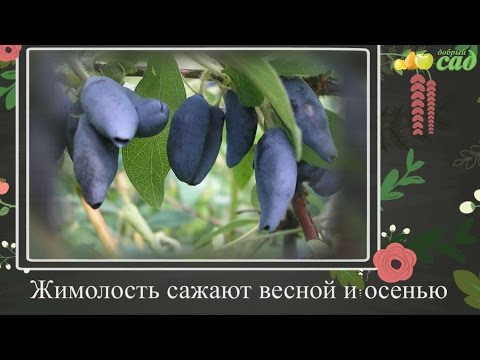

Watch this video on YouTube
How to plant honeysuckle
For planting any type of honeysuckle, it is necessary to prepare pits using the scheme 0.4x0.4x0.4 m. Depending on the type and variety of the plant, a distance of 100-200 centimeters should be observed between the pits. When digging a hole, the top nutrient layer of the soil must be thrown aside, it is mixed with 10-12 kilograms of rotted manure or humus, with 0.3 kilograms of wood ash, with 100 grams of double superphosphate and 30 grams of potassium sulfate. The resulting soil mixture must be poured into a prepared hole in such a way that a mound is formed, it will be necessary to install a seedling on it.After the roots are carefully spread out, the hole must be filled with loose soil. When planting is complete, the root collar of the plant should be in the soil at a depth of 30 to 50 mm. The soil near the bush is compacted and a side is made around it, while 0.3 m must be retreated from the plant. 10 liters of water must be poured under the bush. When the liquid is absorbed into the soil, its surface will need to be covered with a layer of mulch (peat, humus or dry soil).
Honeysuckle care
There is nothing difficult in planting and growing honeysuckle. Such a plant should be looked after in the same way as for most other horticultural crops, namely, it must be watered, weeded, fed, cut, loosened, and sprayed against diseases and pests in a timely manner. It should be remembered that the better care the bush receives, the more it will yield a richer harvest, and the plant itself will have a very effective appearance. After the seedling is planted in open soil, for the first 3 years it will only need to be hilled high in the spring, and also provide it with timely watering, weeding and loosening of the soil surface. If the surface of the soil near the bushes is covered with a layer of mulch, then the number of these procedures will be significantly reduced. Young bushes do not need pruning. Honeysuckle should be watered moderately. However, in the dry period, especially in the last weeks of spring and the first - summer, the plant needs to be watered abundantly, since if it feels a lack of water, the quality of the fruits may noticeably decrease, because they will have bitterness. In the event that excessively hot weather is not observed during the season, and it rains systematically, then watering the honeysuckle will need to be 3 or 4 times during the growing season. At a time, 1 bucket of water is poured under one plant. When the plant is watered or it rains, the surface of the soil near the honeysuckle will need to be loosened, and all weeds should be removed. It is necessary to loosen the soil shallowly, only 7–8 centimeters deep, since the root system of such a plant is superficial. In the event that the soil is mulched, then loosening of its surface can be done less often and directly through the mulch.
How to feed honeysuckle
Honeysuckle planted in open soil will not need additional fertilizing for 2 years. Then they begin to feed the plant 1 time in 2 years, while it is recommended to use organic matter. Top dressing is carried out in late autumn, for this, 100 g of wood ash, 5 kg of compost and 40 g of double superphosphate are added to the soil per 1 square meter of the plot. Every year in the spring, before the buds open, the bushes are fed with ammonium nitrate (15 grams for each 1 square meter of the plot), while it is introduced into the soil, or you can pour a mixture of 10 liters of water and 1 a large spoonful of urea. After all the fruits are collected, the third feeding of the honeysuckle is carried out, for this, a solution of nitroammophoska or nitrophoska is used (for 1 bucket of water from 25 to 30 grams of a substance) or a solution of slurry (1: 4) is taken, which is diluted in 1 bucket of water.
Fruiting honeysuckle
How long does honeysuckle ripen? Flowering and fruiting in this plant is observed quite early, so the ripening of fruits occurs in the last days of June or the first days of July. In a large number of varieties, ripe berries fall off the bush quickly enough, so the harvest must be carried out in a timely manner, otherwise most of it will be lost. Fruit should be picked after the color turns dark blue. In the event that the variety in your garden is not falling, then after the berries ripen, you can wait about 7 more days.If their rapid decline is observed, then harvesting is recommended in the following way: for this, a film or cloth is spread under the bush, on which the berries are shaken off, in this case you will be able to collect only ripe fruits. Delicate berries can be very easily injured; therefore, they are poured into small containers in a not very thick layer. Even on a refrigerator shelf, fruits cannot be stored for a long time, so it is recommended to freeze them as soon as possible and place them in the freezer for storage. Jam is made from such fruits, and they can also be crushed in a blender and combined with granulated sugar in a ratio of 1: 1 (you need to store in the refrigerator) or 1: 1.25 (you can store at room temperature). Chopped berries, combined with sugar, are considered an excellent source of vitamins and are used in the treatment of colds, while this mixture is recommended to be combined with strawberries or raspberries. Honeysuckle is also used to make homemade wines and liqueurs.
Honeysuckle transplant
Transplanting an adult plant is quite difficult. First, you should dig it in, having previously determined the boundaries of the root system. Then the bush must be removed from the soil and moved to a new place, after which it must be planted. Honeysuckle tolerates transplantation very well. What time is considered the most appropriate for transplanting such a berry crop? This procedure is recommended to be carried out in the summer immediately after the harvest has been collected. In this case, the honeysuckle will have time to take root well in a new place. What kind of care will the transplanted plant need? After carrying out this procedure, honeysuckle, like any other plant, should be provided with abundant watering.
Honeysuckle after fruiting
When all the fruits are harvested, you need to feed the honeysuckle. Also, the bush will need timely watering and pruning of stems that violate its shape. You also need to treat bushes from diseases and pests, when the need arises. Honeysuckle not only produces delicious and incredibly healthy berries, but is also a highly decorative plant. However, the plant will bear fruit well and look impressive only if it is properly cared for. Remember the agricultural practices of this culture and observe the external changes in the bush, which will allow you to quickly eliminate any problem that has arisen.


Watch this video on YouTube
Pruning honeysuckle
What time is pruning
A newly planted plant is not pruned for the first 2 or 3 years. In subsequent years, the bush should also not be cut if the shoots differ in a normal growth rate, and the plant itself is not thickened. It happens that the first time the honeysuckle is pruned at the age of seven or eight. However, there are gardeners who advise to shorten the stems of a newly planted seedling in open soil to 7-8 centimeters, after which it will be possible to wait until the bush becomes excessively thick. It is recommended to choose autumn time for trimming.


Watch this video on YouTube
How to prune honeysuckle
In the event that it seems to you that the plant has become excessively dense, then you should remove several zero branches that grow directly from the soil. It is also recommended to cut out all injured, dead and meek branches, as they only take away the strength of the plant. You should also thin out the bush inside, which will allow the sun's rays to penetrate into its very thickets. The bulk of the berries grow on strong annual stems, in this regard, shortening the shoots of the current year may negatively affect the future harvest. In stems with weak growth, it is recommended to trim the tips, but only if the base of the shoots is strong enough.Old branches bearing small amounts of fruit are best removed. Another trace is to cut off all the stems that grow very low, as they interfere with the normal processing of the soil surface near the plants. If the plant is old, then you can carry out anti-aging pruning, for this you need to remove almost all branches and stems, while all the young growth that has grown near the stump should remain. In spring, the bush is cut for sanitary purposes; for this, the ends of the stems damaged by frost are cut off, all injured and diseased branches are cut out. At the end of fruiting, if necessary, pruning is also carried out, which will preserve the shape of the bush.
Reproduction of honeysuckle
Honeysuckle can be propagated by the seed and vegetative method, namely: lignified, green or combined cuttings, dividing the bush, as well as layering. Each given method has its own advantages and disadvantages. Edible honeysuckle is easy enough to propagate seeds, but it should be borne in mind that this crop is cross-pollinated, therefore, seedlings are not able to maintain the varietal characteristics of the parent plant. And also they, as a rule, do not have such good quality characteristics compared to the parent plants. In this regard, honeysuckle from seeds is grown mainly by breeders. If the shrub has reached the age of six, then it can be propagated by dividing the bush, but it should be borne in mind that a specimen that is more than 15 years old will be very difficult to divide into parts, even if you use a saw or an ax. That is why gardeners most often propagate honeysuckle by layering and cuttings.
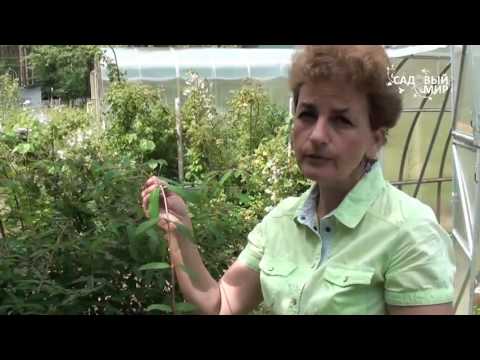

Watch this video on YouTube
Seed Honeysuckle
Take toilet paper and spread the ripe honeysuckle on its surface, while trying to keep the distance between the seeds about 10 mm. Then wait until the paper is completely dry and write the year of the seed collection on it. Then the paper is rolled into a roll and stored. At room temperature, such seeds do not lose their germination for a couple of years. You can sow freshly harvested seeds if desired. Sowing is carried out in June in a moistened soil, while the seeds should be buried only 0.1 cm. The container with the crops must be transferred to the greenhouse or covered with glass. Check the substrate regularly as the top layer should not dry out. After about 20 days, the first seedlings will appear. In late autumn, the container with seedlings must be transferred to the garden, in the event that you have sown a frost-resistant variety, then the plants will not suffer in winter, but they must be covered with a layer of snow. If the sowing was carried out in October or November, then the containers with the crops are immediately transferred to the garden, where they will winter under a snow layer. During the winter, the seeds will undergo natural stratification, and seedlings will appear already at the beginning of the spring period. In order for the seeds that have passed stratification to sprout as soon as possible, containers with crops in the spring must be placed in a greenhouse. After the plants reach a height of 20–30 mm and they have 2 or 3 pairs of true leaf plates, they are dived into the garden bed using the 5x5 scheme. Plants will need systematic watering, weeding and loosening of the soil surface (after watering). After 1 year, the plants are planted according to the 20x20 scheme. After 3 or 4 years, the seedlings will bear the first fruits. You should try and evaluate the taste of the berries on all bushes and leave only those of the plants, the fruits of which seemed to you the most delicious. These seedlings must be transplanted to a permanent place, and after 7 or 8 years they will begin to bear abundant fruit, while the taste of the berries themselves will significantly improve. From the remaining seedlings, you can create a green fence.
Honeysuckle propagation by cuttings
Experienced gardeners say that approximately 200 cuttings can be cut from one mature plant. They are harvested at the beginning of the spring, before the buds open, while choosing the most powerful annual branches, the diameter of which should not be less than 0.7–0.8 cm. The length of the cutting can vary from 15 to 18 centimeters. They can be planted in a greenhouse or on a garden bed made directly on the garden plot after the ground thaws. The cuttings are buried approximately 10 centimeters into the soil, while the 2 upper buds should remain above its surface. To accelerate the emergence of roots, cover the cuttings with a film or lutrasil. The cutting should take root completely after 4 weeks.
Propagation of honeysuckle by combined cuttings
When the bush fades in May or June, it is necessary to cut off the annual stem on which the shoots of the current season grow. Shoots of the current season are used for cutting cuttings. It should be taken into account that the cuttings should have a heel of a one-year-old stem from which these shoots grow. The cuttings should be planted on a prepared bed in the garden, while they do not need to be buried more than 30-50 mm into the soil. A cover made of film is installed above the bed. Cuttings should be watered sparingly 2 or 3 times a day. When they have noted regrowth of the tops, this will be a sure sign that rooting has been successful.
Honeysuckle propagation by green cuttings
In summer, this crop can be propagated by green cuttings. For cutting such cuttings, it is recommended to use green shoots of the current season, while harvesting is done at the end of their intensive growth. As a rule, this time falls on the first days of June, when the berries turn dark blue. The size of the cuttings harvested should be about the size of a pencil. They should be rooted in the same way as lignified cuttings, but in this case it is necessary to ensure that the humidity of the soil and air is constantly very high. To speed up the emergence of roots, the lower cuts of the cuttings should be treated with Heteroauxin. With the onset of the next autumn period, cuttings are planted in a permanent place.
Honeysuckle propagation by layering
It is easiest to propagate honeysuckle by layering. In June, near the plant, the soil should be loosened, while it needs to be "raised" a little. Several powerful annual stems are taken, which grow in the lower part of the bush, they should be bent to the surface of the soil and pinned to the ground with wire in several places. Then the stem is covered with a layer of soil, the thickness of which should be about 30-50 mm. Throughout the season, this stem must be systematically watered. When the next spring comes, it is necessary to separate the rooted cuttings from the parent bush and transplant them to a permanent place. After only 2 years, the cuttings will turn into a full-fledged bush.
Reproduction of honeysuckle by dividing the bush
For reproduction by dividing the bush, a six-year-old plant is suitable. It must be removed from the ground in the spring, before the buds swell, or at the beginning of the autumn period. Using a pruner or a saw, the bush must be divided into several parts. The cut sites must be thoroughly disinfected. Then the delenki are planted in new places. It is not recommended to divide too adult specimens, as this can lead to the death of honeysuckle.
Honeysuckle diseases and their treatment
Honeysuckle has a fairly high resistance to disease, but sometimes it still gets sick with reddish-olive spot, powdery mildew, tuberculariosis, or drying of branches, blackening of branches. All these diseases are fungal.All of them have their own special symptoms, so, in some cases, the bush begins to dry, its stems turn black or brown, and in others, the plant turns yellow, its foliage flies around ahead of time. Very rarely, the bushes become infected with cancer or viral diseases such as mosaic-razuha and speckled leaves. All viral diseases are incurable. For the treatment of fungal diseases, fungicidal agents are used, for example: colloidal sulfur, copper oxychloride, Bordeaux liquid, Scor, etc. To protect this crop from possible diseases, one should resort to systematic preventive plant treatments. The treatment of bushes should be carried out in the spring before the period of intensive growth begins, and in the late autumn before frost, for this, fungicides are used.
Honeysuckle pests and control
Honeysuckle is also highly resistant to a variety of pests, but it can still suffer from them. Scientists have found that 37 different pests can harm the foliage of this crop, for example: honeysuckle, apical-honeysuckle and honeysuckle-spruce aphids, honeysuckle miners, honeysuckle striped sawfly, acacia, apple moth and willow scutellum, rose honeysuckle leafworm honeysuckle mite, which entangles the leaf plates with cobwebs. The caterpillar of the honeysuckle fingerfly damages the berries during their ripening, as a result, the fruits turn blue ahead of time, dry out and crumble. You can get rid of leaf-eating pests with the help of Eleksar, Inta-Vir and Decis. Sucking pests that have settled on honeysuckle are fought with the help of Actellik, Rogor, Confidor and other means of similar action.
Honeysuckle varieties
The difference between edible and inedible honeysuckle is the color of the fruit. So, the fruits of edible species are dark blue, and there is a bluish bloom on their surface. Gardeners cultivate the following edible species: Altai, blue, Kamchatka and edible, or Turchaninov's honeysuckle. These species are actively used by breeders to obtain a variety of varieties. According to the ripening period, edible varieties are divided into:
- early maturing, the fruits become ripe by the second half of June (Blue Spindle, Princess Diana, Roxana, Gzhel Early);
- mid-season, the beginning of their fruiting occurs in the third decade of June (Omega, Cinderella, Souvenir, Shahinya);
- late maturing, fruit ripening is observed at the end of June (Kingfisher, Lakomka, Nymph, Ramenskaya).
By the size of the bush, plants are divided into:
- undersized, the height of the bushes is not more than 150 centimeters (Souvenir, Gourmet, Omega, Kamchadalka);
- medium-sized, the height of the bushes is about 200 cm (Kingfisher, Cinderella, Shahinya, Kuminovka);
- high, the height of the bushes is more than 200 cm (Blue Spindle, Nymph and Fortune).
However, most gardeners conditionally divide all varieties into fruitful, sweet and large-fruited. In the event that you want to grow high-yielding varieties, then you should opt for Nymph, Souvenir, Princess Diana, Masha and Cannery. Large-fruited varieties include Three Friends, Delight, Daughter of a Giant, Nymph, Dolphin, Memory of Kuminov, Yugan, while their berries are sweet, with a slight sourness. Such varieties as Cinderella, Roxana, Kamchadalka and Titmouse have fruits with a strawberry flavor and sourness. Sibiryachka fruits have a blueberry flavor. Ripe fruits remain on the bushes for a relatively long time in such varieties as: Omega, Nymph and Sibiryachka.
Detailed description of several varieties of honeysuckle:
- Princess Diana... The height of the plant with an oval crown is about 200 cm. The stems are bare. Rich green, elongated leaf plates have a rounded apex. Large cylindrical fruits reach 10 millimeters in diameter, and their length is about 40 millimeters. Berries have a slightly bumpy surface.They have a pleasant sweet and sour dessert taste.
- Shahinya... Plant height does not exceed 1.8 meters. The shape of the crown is conical. The color of the thin leaf plates is dark green. Often this variety is used by gardeners for decorative gardening. The elongated cylindrical shape of the berries has a "chopped off" top with a wide "saucer". The berries are covered with a delicate skin, and they taste sour-sweet.
- Nymph... This variety is vigorous. The spreading crown has an oval shape. There is pubescence on the surface of the stems. Dark green large leaf plates have an oval shape and a sharp top. The shape of the berries resembles a wide spindle, while in some fruits it is curved. On the surface of the fruit there is a thin skin, their taste is slightly tart, sweet-sour.
- Souvenir... Plant height does not exceed 150 centimeters. The lush crown has an oval shape. Slightly pubescent stems are straight. Oval leaf plates are dark green in color. The elongated cylindrical berries have an oval base and a slightly pointed top. The taste of the fruit is sweet and sour.


Watch this video on YouTube
Honeysuckle properties: benefits and harms
Useful properties of honeysuckle
What are the benefits of honeysuckle? The berry contains succinic, malic, oxalic and citric acids, vitamin C, provitamin A, vitamins B1, B2 and B9, sugars such as sucrose, fructose, galactose and glucose. They also contain tannins and pectins, as well as trace elements such as potassium, magnesium, iron, silicon, calcium, phosphorus, sodium, iodine, zinc and copper. That is why the fruits of such a plant have the ability to increase gastric secretion, and they also help to enhance the digestive properties of gastric juice. Also, these berries are distinguished by diuretic, tonic, laxative, antiviral, antibacterial, choleretic, anti-scurvy, fixing, antifungal and antioxidant effect. In folk medicine, honeysuckle is widely used in the treatment of diarrhea and constipation, stomach diseases, anemia, as well as hypertension. In the presence of cardiovascular diseases, it is taken as a multivitamin agent that has a vasoconstrictor and antipyretic effect. The juice obtained from the fruits of such a plant is used to remove lichens. A decoction made from the fruit of honeysuckle is used to cleanse the eyes and to eliminate painful sensations in the mouth and throat. Not only the edible fruits of honeysuckle are useful, but several inedible species, for example, honeysuckle, honeysuckle, are also useful. So, a decoction made from the branches of such a plant is used to treat the kidneys, to improve appetite in people who are sick for a long time. Also, this broth is used for shampooing, because it can make the hair roots stronger. Tibetan healers from the bark of such a plant make drugs that have an analgesic effect, they are used for articular rheumatism and headaches. A decoction is prepared from the branches and bark of this culture, which is used in the treatment of dropsy. Honeysuckle extract has an exfoliating effect, therefore it is used for eczema. Due to the fact that honeysuckle fruits contain polyphenols, tannins, vitamins, glycosides and catechins, they are considered incredibly beneficial.
To whom is honeysuckle contraindicated?
Edible types of honeysuckle have no contraindications. However, eating too many berries should be avoided, as this can cause muscle cramps, indigestion and skin rashes. However, you should not be afraid, any relatively useful product, if eaten in very large quantities, can harm the body.
The healing properties of inedible honeysuckle should only be used if you know exactly how to properly prepare a decoction or extract. If you doubt your own knowledge, then it is recommended to refuse this venture. Important: you can eat only those honeysuckle berries that are colored black or blue, plants with orange or red berries are poisonous!
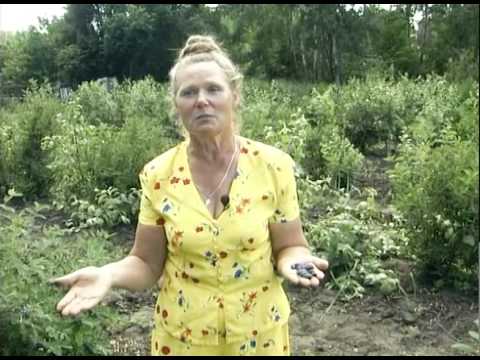

Watch this video on YouTube

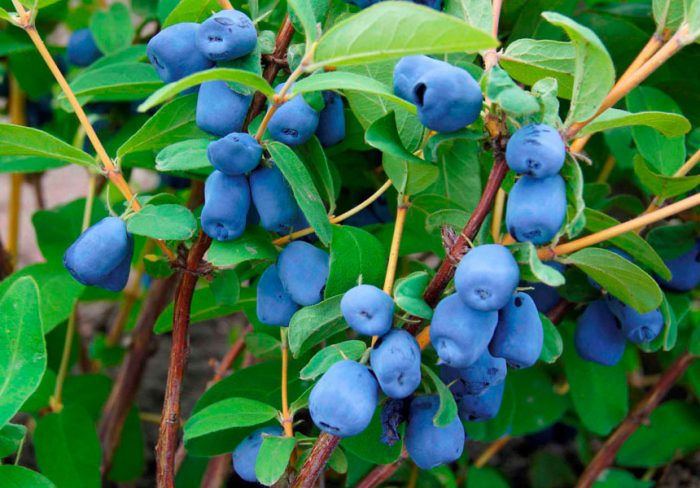
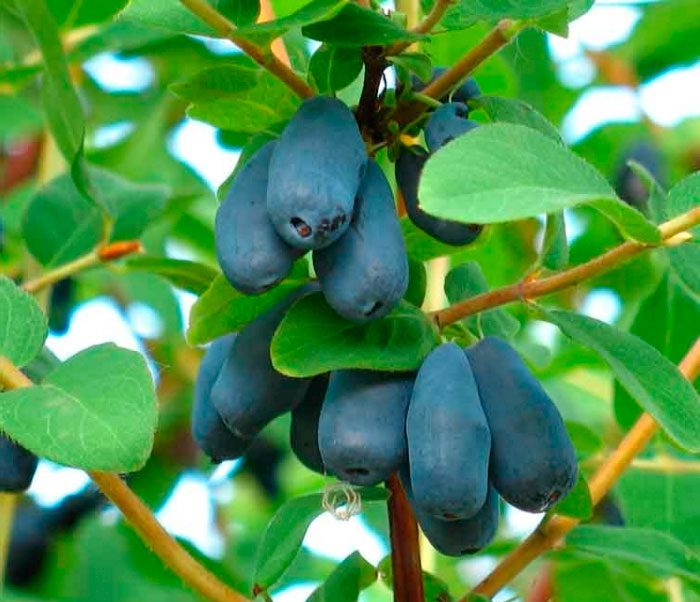
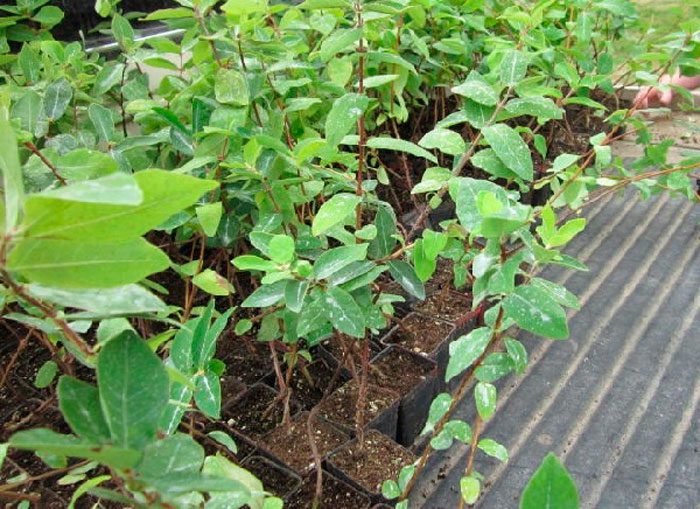
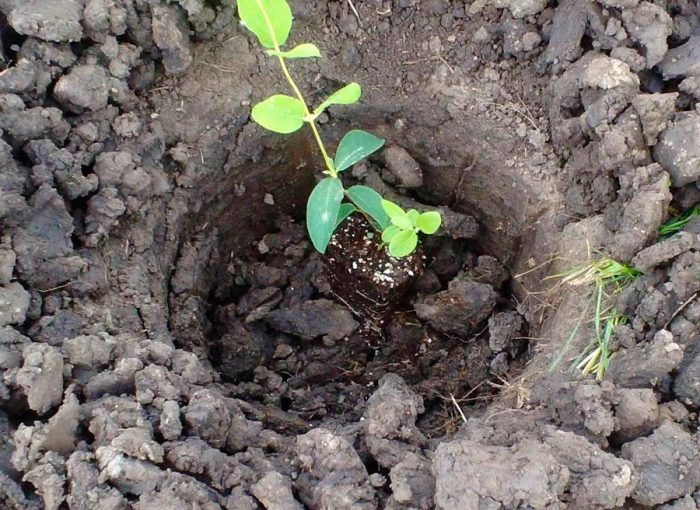
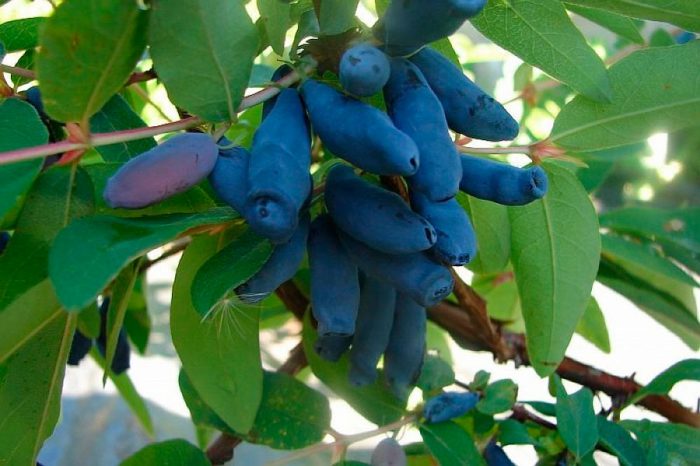
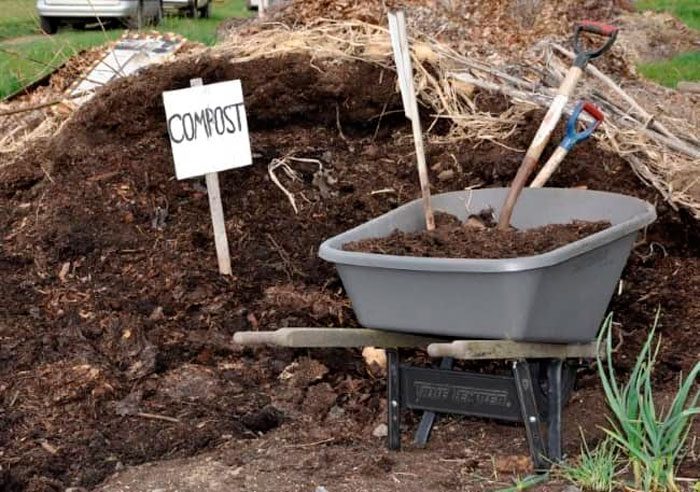
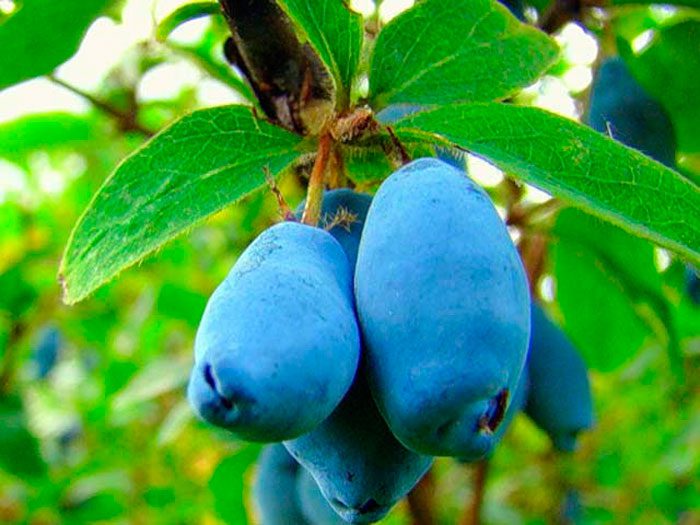

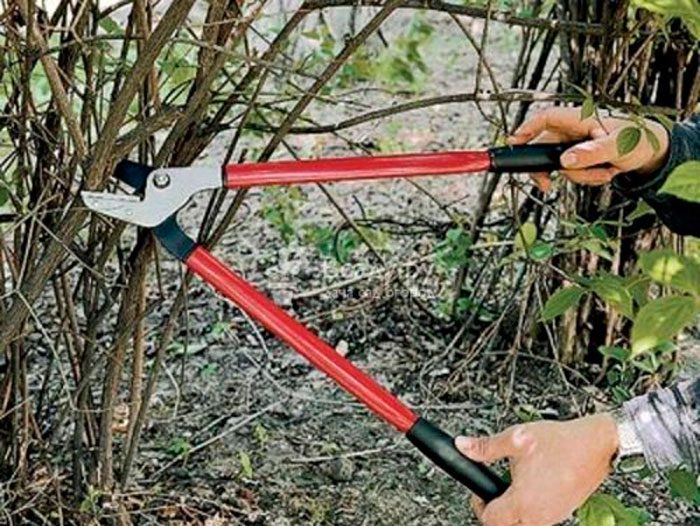



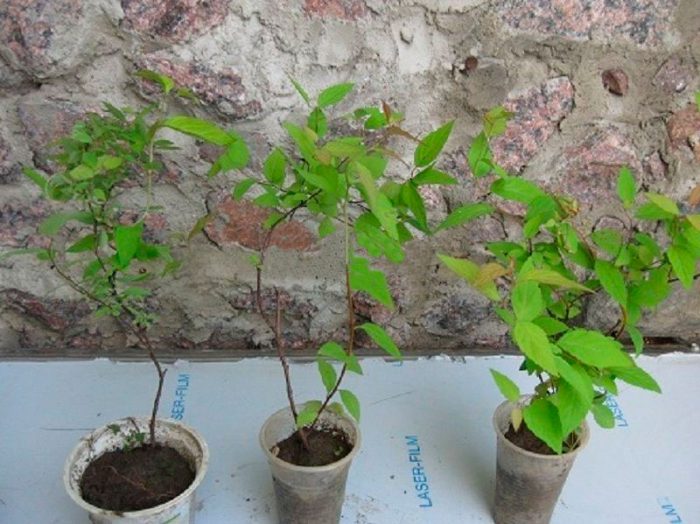


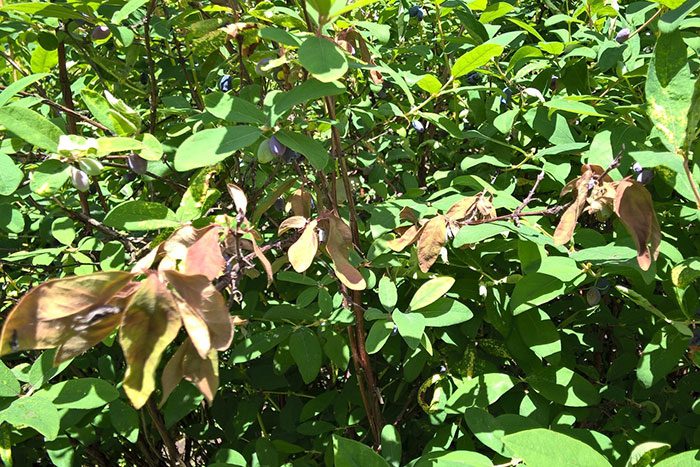
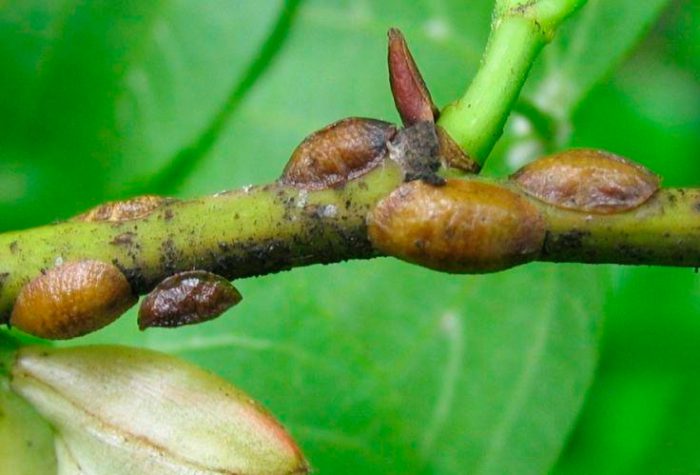
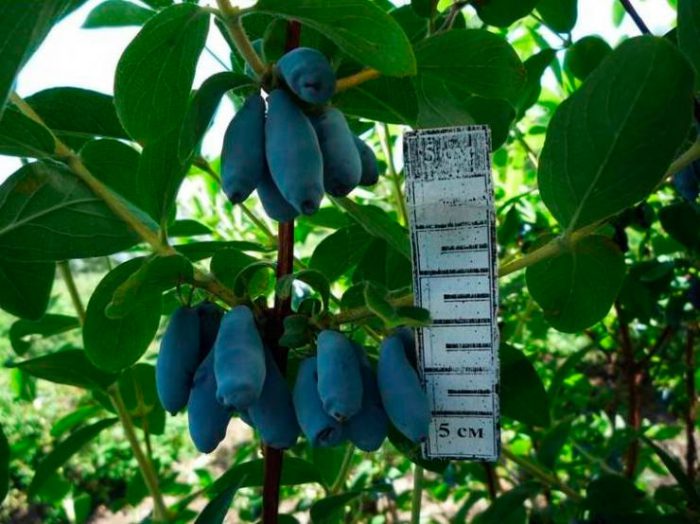

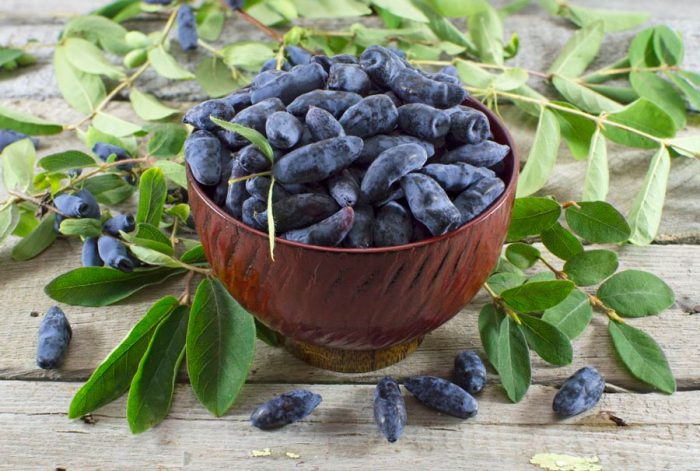






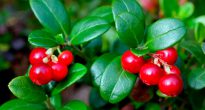




I wonder how many kilograms can be collected from 1 honeysuckle bush?
Planted 3 bushes, looking forward to harvest!